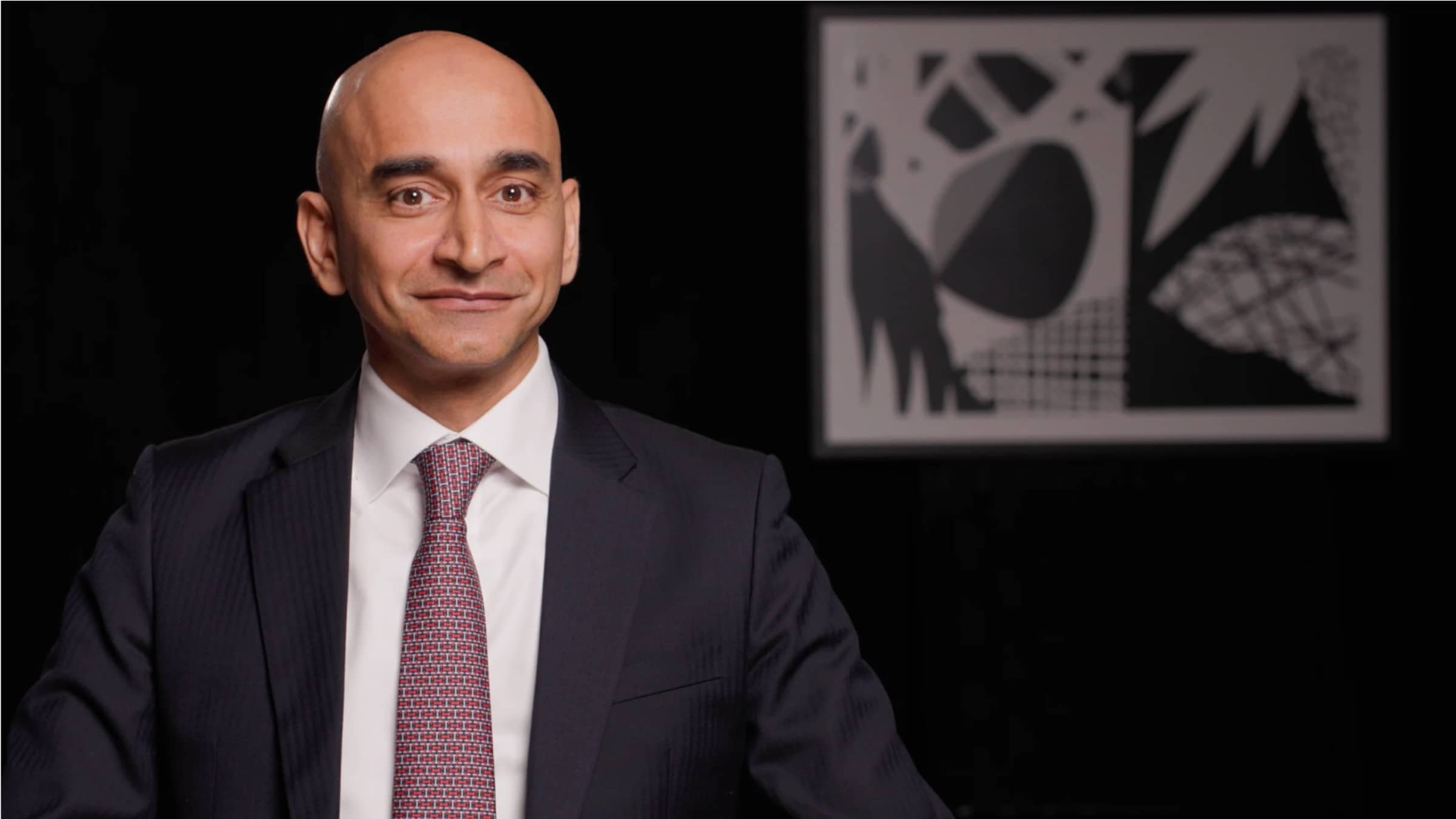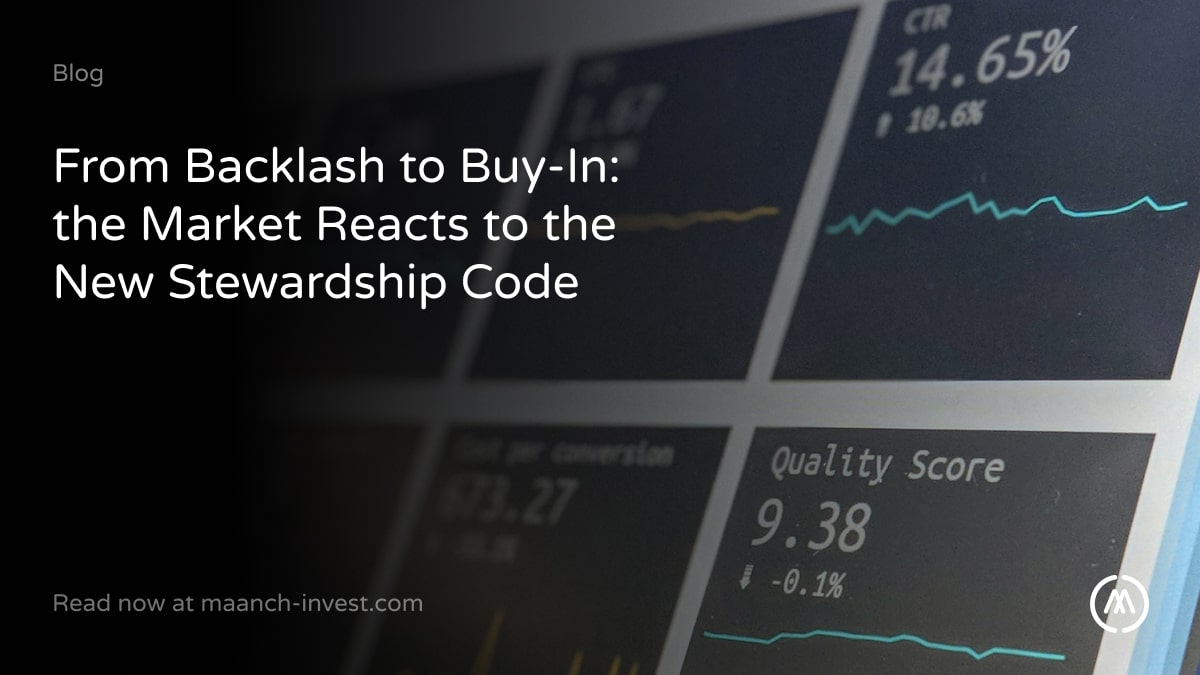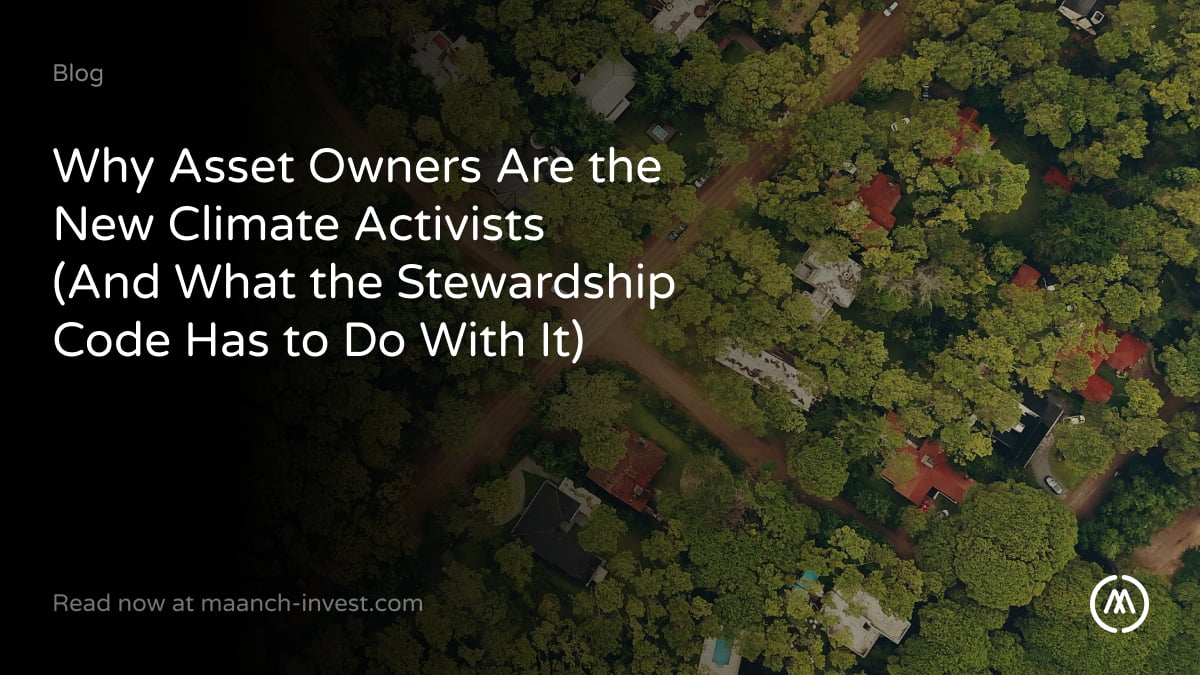A Conversation With Arun Kelshiker
We are delighted to present our fifth interview series, featuring Arun Kelshiker, a seasoned professional with over two decades of experience in the industry who has managed institutional assets, provided investment advisory services, and offered ESG consultancy to top international institutions. With his vast expertise in responsible investing and ESG, Arun brings a wealth of knowledge to the discussion.
1. What inspired you to work in the impact space and pursue responsible investing?
While many consider responsible investing and ESG to be a recent phenomenon, the concept of principles-based investment dates back to the 18th century when faith-based groups, such as the Quakers, guided their followers with investment principles, essentially avoiding “sin industries”.
Along similar lines, when I first entered the industry in 1999 during the time that we were setting up Allianz Global Investors, now one of the world’s largest asset managers, as a portfolio manager managing equities mandates, I always had a strong focus on corporate governance as part of the investment decision-making process.
In more recent years, the “foundation” of corporate governance or the G in ESG has broadened to include environmental and social factors. During my tenure at Standard Chartered Bank, the bank embarked on its impact investing offering for clients. This was especially aligned with my personal beliefs and volunteering activities, having been a long-time volunteer and former board member with CFA societies focusing on diversity, equity and inclusion among other areas all aiming to contribute to the ultimate benefit of society.
2. What do you think about ESG’s growing popularity and its interchangeable use with “sustainable”?
ISSB has defined sustainability as “the ability for a company to maintain its resources, relationships, and dependencies while managing its impacts within its entire business ecosystem over the short, medium, and long term. ” Many people across society are familiar with aspects geared around sustainability, for instance, the climate crisis but ESG doesn’t really carry mainstream usage. From my perspective, ESG is currently being utilised as an umbrella term, with insufficient attention paid to the specific factors within each overarching pillar. For instance, a major ESG data provider utilises 10 themes across its three ESG pillars, which are then further categorised into 35 key ESG issues. This basic example illustrates the immense scope of ESG analysis, with a single ESG rating attempting to encapsulate a wide range of relevant and distinct issues.
3. How has responsible investing progressed since your early involvement and what are the major challenges ahead?
In recent years, global efforts, policies and regulations have been instrumental in catalysing discussions around potential existential risks that confront our world. A landmark achievement was the adoption of the UN Paris Agreement in 2015, which has led to several initiatives, including the TCFD in 2017 and the EU Green Deal in 2020, which strives for climate neutrality by 2050. Over 100 countries are considering a net zero target.
With global policy promoting the adoption of responsible practices and monitoring, asset owners and managers have likewise followed suit. Sustainable investments have grown in recent years and are now estimated at USD 35 trillion or around 36% of professionally managed assets globally.
ESG data is one of the biggest challenges facing the industry, as issues with consistency, quality, availability, and “black-box” ESG rating methodologies used by data providers have compromised data integrity. A recent ESMA consultation identified several issues that users want to be addressed, such as improving transparency, managing conflicts of interest, and ensuring greater clarity on what is captured by ratings.
Additionally, greenwashing remains a significant issue in the investment industry, despite regulators globally adopting anti-greenwashing initiatives and continuing to explore them.
4. What’s the key focus for asset owners to make progress in the next few years?
Asset owners need to proactively pursue, adopt, implement and execute delivering a core responsible investing strategy across their investments in keeping with their fiduciary duty. In practical terms, this is ensuring that trustee boards and investment decision-makers look towards adopting an organisational approach to responsible investing covering the various aspects of the entire investment value chain from embedding a core sustainable investment mission through to active ownership.
Asset owners should also proactively engage with their asset managers, consultants and other service providers to set the agenda in line with their progressive responsible investing agendas. They should be up for having “difficult conversations” with providers they feel are sustainability laggards, which will ultimately help to foster higher quality and greater industry-wide sustainable investing practice adoption.
5. How does harmonizing reporting standards and frameworks aid responsible investing?
“What can be measured or tracked can then be actioned”. Standardised and measurable sustainability data provide a foundation for analysis, decision-making, and action. Recently, major standard setters have collaborated to establish internationally recognized sustainability standards. At Cop 26 in 2021, the ISSB was introduced, which combines the efforts of various global sustainability standard setters and organisations to provide investors with a comprehensive global baseline of sustainability-related disclosures, facilitating informed decision-making.
With universally accepted standards and greater data comparability, higher-quality impact assessments can follow allowing investment decision-makers to make better-informed decisions. It is also crucial to consider the assurance of sustainability data, which is still in its infancy. As the disclosure process evolves, assurance will play an increasingly important role in verifying the accuracy and reliability of reported data.
Given greenwashing challenges the industry is facing, it’s key that high-quality universally accepted sustainability reporting is achieved at the earliest opportunity.
6. Why are stewardship and engagement important in responsible investing?
Investors hold power to drive real-world change through their stewardship and engagement activities. They can exert their influence over companies, policymakers, and other stakeholders to achieve positive outcomes on ESG issues. This can result in better outcomes for both their beneficiaries and society at large in the long run. Highlighting the ever-growing importance and global prioritisation of investment stewardship, a recent count totals over 35 stewardship codes having been issued across 20 jurisdictions in six continents.
7. How does ESG impact investor risk, return, and portfolio characteristics?
There is a belief that responsibly managed companies are best placed to achieve sustainable competitive advantage and provide better long-term investment opportunities. A notable metastudy by NYU Stern researchers examined over 1,000 recent ESG studies and found a favourable correlation between ESG factors and financial performance across most corporate studies that focused on operational metrics such as Return on Equity and Return on Assets. The study concludes that enhanced financial performance stemming from ESG considerations becomes more pronounced over longer timeframes and that ESG protection can provide superior portfolio downside protection, particularly in times of social or economic upheaval. S&P Global’s 500 ESG Index, which boasts a higher sustainability profile and contains companies with stronger relative ESG scores compared to the traditional S&P 500 Index, can be viewed as a prime example of ESG risk-adjusted investment performance. The S&P 500 ESG Index has outperformed the S&P 500 Index with only slightly lower risk over the past five and ten years. It is important to stay informed with the most up-to-date information to get a precise understanding of the current status.
8. What are the top 3 tips for investors to engage with their portfolio companies on ESG?
In my view, as investors, it is crucial to establish clear expectations and goals from the outset, which can then be translated into their ESG priorities and the expectations they have from their portfolio companies. This will provide a robust and transparent framework to engage with company management teams.
Secondly, I suggest that investors should enhance transparency in proxy voting. This can be achieved by publishing voting policies, records, and rationales in an easily understandable format. This helps bridge the information gap between investors and their portfolio companies.
Finally, I believe that investor collaboration, especially on contentious ESG issues can be a valuable approach. Collaborating with other investors and investor groups e.g. Institutional Investor Group on Climate Change (IIGCC) allows investors to increase their collective leverage and impact on companies. A great example of this in 2022 was when 34 investors collectively representing over USD7 trillion in assets sent letters to 17 of Europe’s largest companies asking for an explanation from Audit Committee Chairs as to why 1.5 degree–aligned accounting disclosures had not been met.
9. Can ESG tracking tools simplify reporting and compliance in navigating complex measurement frameworks? What obstacles might hinder implementation?
I think we need to consider the whole value chain for ESG investing and be cognizant of their agendas. Regulators and policymakers, asset owners, asset managers and other external and internal stakeholders e.g. in-house legal and compliance teams, stewardship teams etc. are all potential end users of the information and so can often have specific needs and asks of their tools. Large organisations may face challenges due to silos, with solutions failing to meet all the needs of different users, often due to resource or practical constraints. Prioritisation from a fixed overall IT budget can also be a challenge.
With regards to optimising ESG reporting and data exchange, one approach the industry has taken is through Financial Data Exchange Templates (FinDatEx). This collaborative initiative involves European financial services institutions from areas such as insurance, banking, and asset management. FinDatEx has delivered a voluntary draft European ESG Template (EET) aiming to facilitate the exchange of critical ESG-fund and regulatory data between market participants while also supporting regulatory requirements including the SFDR.
10. How can investors address climate change and what challenges do they face in assessing climate risk?
The power of net zero is that it sets a clear goal and timeline for companies and investors to reduce emissions. By creating a personalised plan based on global targets, progress can be monitored, and projections can be made. Although the infrastructure for a low-carbon economy is still being developed, there has been a significant increase in developments and initiatives in recent years.
The upside is that we’ve never seen developments and initiatives move faster in recent times. The UN Biodiversity Conference (COP15) delivered a significant agreement, the Kunming-Montreal Global Biodiversity Framework (GBF), which aims to protect the planet by setting targets for conservation, restoration, policy, and capital. This agreement is committed to addressing biodiversity loss, restoring ecosystems, and protecting indigenous rights, to protect 30% of the planet by 2030. As responsible investors, we must continue to drive systemic changes that benefit society, building on the momentum generated by the Paris Agreement of 2015.
Maanch Engagement Tracker – Simplifying Sustainability, Using Technology
In response to these complex and evolving challenges in responsible investing, we have developed the Maanch Engagement Tracker, a tool that allows you to easily and effectively capture every engagement with your portfolio companies. Uncover its wealth of benefits that can revolutionise the way you manage your portfolio engagements, here.




